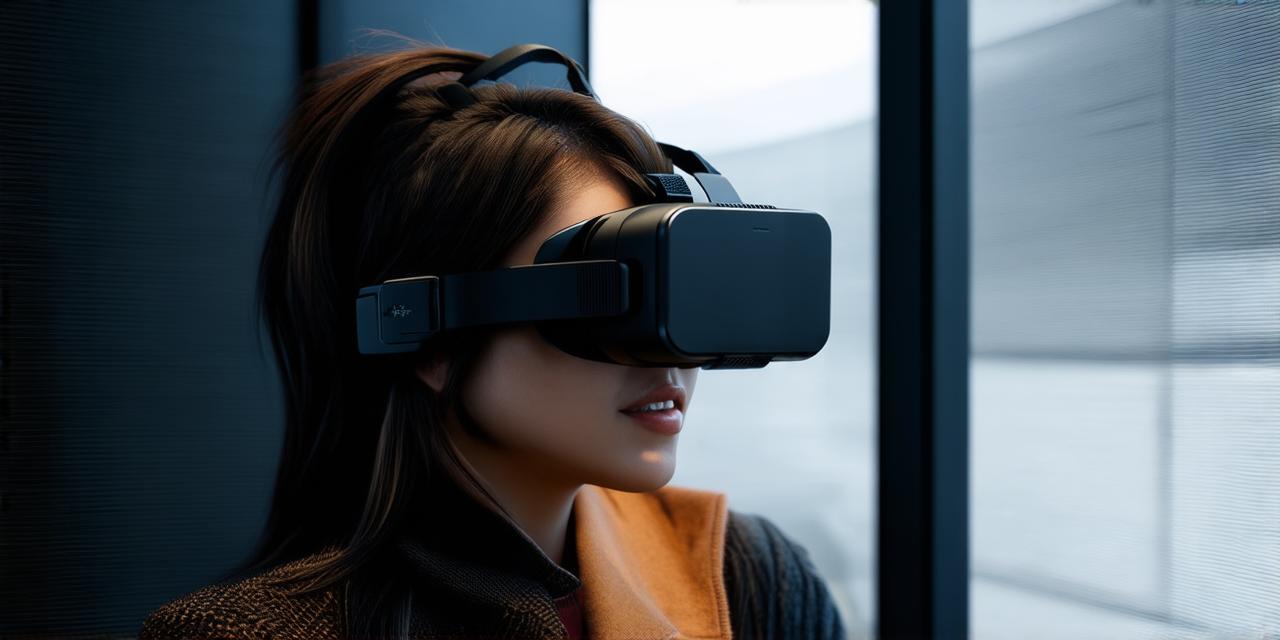Virtual reality (VR) technology is revolutionizing the way we interact with digital content and experiences.
With VR, users can immerse themselves in virtual worlds and engage with interactive environments that simulate real-world experiences. As a result, VR development has become an increasingly popular field for content creators looking to create engaging and innovative experiences for audiences.
If you’re a content creator interested in VR development, there are several grants available that can help fund your projects.
Types of Grants Available for VR Development
There are several types of grants available for VR development, including:
Government grants:
Governments around the world offer grants for VR development to support research and innovation in the field. For example, the National Science Foundation (NSF) offers the Computer and Information Science and Engineering (CISE) Directorate, which provides funding for research and education programs in computer science and engineering, including VR development.
Private foundation grants:
Private foundations also offer grants for VR development to support projects that align with their mission and goals. For example, the Google Lime Initiative offers grants to individuals and organizations working on innovative technologies for people with disabilities, including VR solutions.
Corporate partnerships:
Companies in the tech industry are increasingly partnering with content creators to fund VR development projects. For example, Facebook’s Oculus VR platform partners with developers to create immersive experiences for their users.
How to Apply for Grants for VR Development
To apply for a grant for VR development, you’ll need to follow these general steps:
- Research funding opportunities: Start by researching the different types of grants available and identifying those that align with your project goals. You can use online databases, government websites, and industry publications to find information on available grants.
- Review grant guidelines: Each grant has its own set of guidelines that you’ll need to follow when applying. These guidelines will outline the eligibility criteria, application process, required documents, and other important details.
- Prepare your proposal: Once you’ve reviewed the grant guidelines, you can start preparing your proposal. Your proposal should include a detailed description of your project, including its goals, methodology, timeline, budget, and expected outcomes. You may also need to provide supporting materials, such as resumes, portfolios, and letters of recommendation.
- Submit your application: Once you’ve prepared your proposal, you can submit it for review. The review process varies depending on the granting agency, but you may need to wait several weeks or months to receive a decision.
- Manage your grant: If your grant is approved, you’ll need to manage it effectively to ensure that you meet the grant requirements and achieve your project goals. This may include regular reporting, budget tracking, and communication with the granting agency.
Real-Life Examples of Successful VR Development Projects
There are many successful VR development projects that have received funding from grants. Here are a few examples:
- The VR Museum of Fine Arts: This project received funding from the NSF to create an interactive museum experience that allows visitors to explore artworks in virtual reality. The project has been successful in engaging audiences and providing a unique perspective on art history.
- The Pillars of Eternity VR: This game received funding from Kickstarter and has since been released as a VR title. The game has received positive reviews for its immersive gameplay and compelling storyline.
- The Anatomy VR: This educational tool received funding from the National Institute of General Medical Sciences (NIGMS) to create a virtual dissection table that allows medical students to explore human anatomy in 3D. The tool has been successful in providing a hands-on learning experience for students.
FAQs
Q: What are the eligibility criteria for VR development grants?
A: Eligibility criteria vary depending on the granting agency, but generally, you’ll need to be a content creator or organization with a demonstrated track record in the field of VR development. You may also need to meet certain educational or professional requirements.
Q: How long does it take to receive funding for a VR development project?
A: The review process for grants can vary depending on the granting agency and the complexity of your project. It can take several weeks or months to receive a decision, so it’s important to plan ahead and give yourself plenty of time to prepare your application.
Q: Can I apply for multiple VR development grants at once?
A: Yes, you can apply for multiple grants at once, as long as you meet the eligibility criteria and comply with the guidelines of each granting agency. However, it’s important to carefully consider which grants align best with your project goals and ensure that you don’t overlap in your application materials.
Conclusion
Virtual reality development is a rapidly growing field, and there are many grants available to support content creators looking to create engaging and innovative experiences for audiences. By researching funding opportunities, following the grant guidelines, preparing a strong proposal, and managing your grant effectively, you can increase your chances of success in securing funding for your VR development project.
